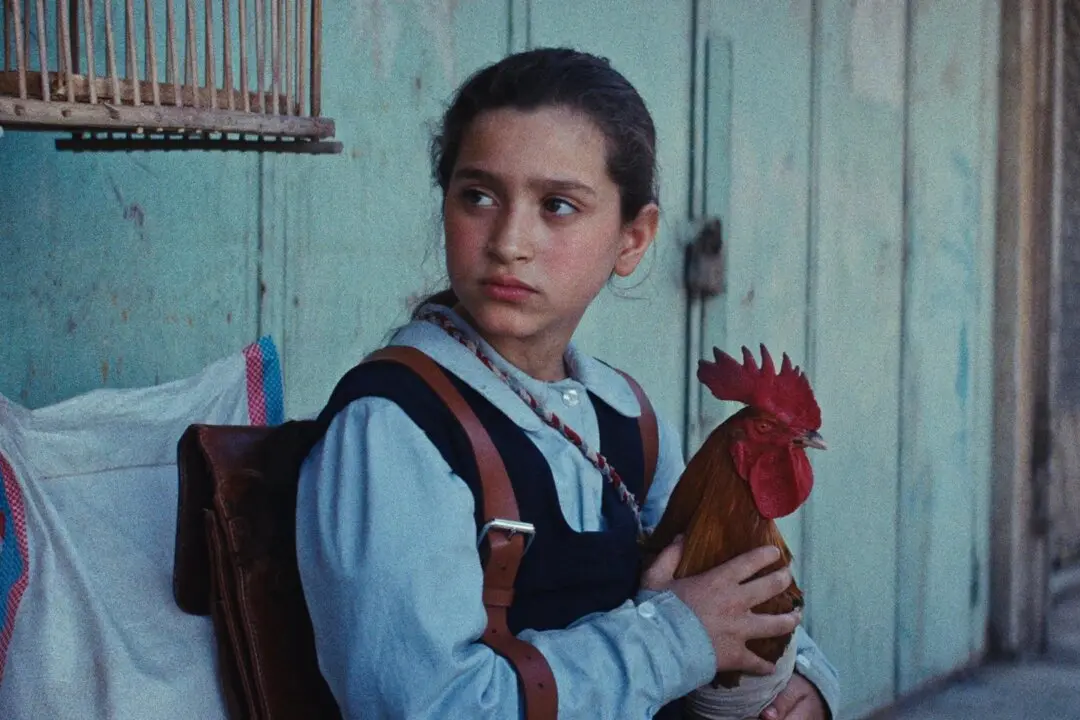Viacheslav “Slava” Fetisov remains one of the most celebrated players in the history of Russian hockey, but he was also the closest thing to a Curt Flood among Soviet hockey players. With his best friends, he made up a legendary five-man line, but his place in the thorny legacy of Soviet Russia is particularly complicated.
Logically, Fetisov serves as the focal point when Gabe Polsky chronicles the Soviet hockey machine’s history in “Red Army.”
When Stalin identified sports as a key propaganda tool in the coming Cold War with the free world, Anatoli Tarasov was tapped to build the Soviet hockey system. In just a few short years, the Red Army team dominated international competitions.
Beloved by his players, most definitely including Fetisov, Tarasov would have been a hard act for any coach to follow, but the Politburo-connected Viktor Tikhonov would command little respect and no affection from his teams.
Frankly, it is rather odd watching a hockey doc in which the “Miracle on Ice” at Lake Placid in 1980 is treated by most participants as an inconvenient speed bump to get over. It was Fetisov and Tikhonov’s first crack at Olympic glory, but Herb Brooks and a squad of college players had a different plan.
Unfortunately, the embarrassment of their Olympic defeat gave Tikhonov an opportunity to purge the coaching staff and institute a ridiculously stringent training regimen.
With Putin prosecuting his military campaign against Ukraine, it definitely feels like an inopportune time for Soviet nostalgia, especially considering Polsky’s own Ukrainian heritage. However, Polsky presents a somewhat balanced portrait of the era, addressing the systemic scarcity and control over the individual that defined life in the U.S.S.R. In many ways, Tikhonov the martinet becomes the personification of the Soviet system, as well as the story’s unambiguous villain.





